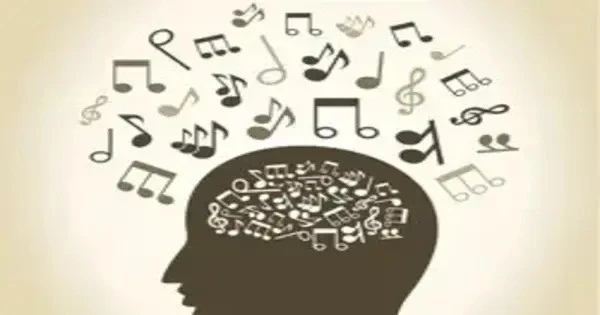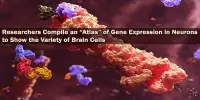Embodied music cognition is a theoretical paradigm that investigates the interplay of the human body, cognition, and musical experiences. It is a branch of systematic musicology that investigates the human body’s role in all musical actions. It implies that our perception and interpretation of music are inextricably linked to our physical experiences, motions, and sensations. This approach challenges established beliefs that focus only on cognitive processes in the brain.
It regards the human body as the natural intermediary between the mind (focused on musical purposes, meanings, and significations) and the physical environment (carrying musical sound and other sorts of energy that enable human action).
Key aspects of embodied music cognition include:
- Sensory-Motor Coupling: This refers to the idea that the perception of music is closely linked to our sensory experiences and motor actions. For example, when we listen to music, we may unconsciously move or tap our feet in response to the rhythm. This coupling suggests that our body’s movements influence how we perceive and interpret musical elements such as rhythm, tempo, and dynamics.
- Embodied Metaphors: Metaphors derived from bodily experiences are often used to describe musical phenomena. For instance, we might talk about music as “flowing like water” or “rising and falling like breathing.” These embodied metaphors highlight the connection between our physical experiences and our understanding of music.
- Enactive Approach: Enactivism is a theoretical framework that emphasizes the active role of the body and the environment in shaping cognition. Applied to music, this approach suggests that musical understanding arises from the interaction between the listener, the music, and the context in which it is experienced. In other words, our understanding of music is not solely based on passive perception but is actively constructed through our bodily engagement with it.
- Gesture and Expressivity: Body motions and gestures are essential in conveying expressivity and emotion during a musical performance. Musicians frequently utilize gestures to convey intricacies in timing, dynamics, and phrasing. Furthermore, listeners may take these actions as indications for comprehending the emotional content of the song. Embodied music cognition examines how these physiological expressions influence our knowledge and appreciation of music.
Overall, embodied music cognition provides a comprehensive approach to studying musical experiences that considers the body, mind, and environment simultaneously. It highlights the role of bodily sensations and movements in creating our perception, comprehension, and engagement with music.
















